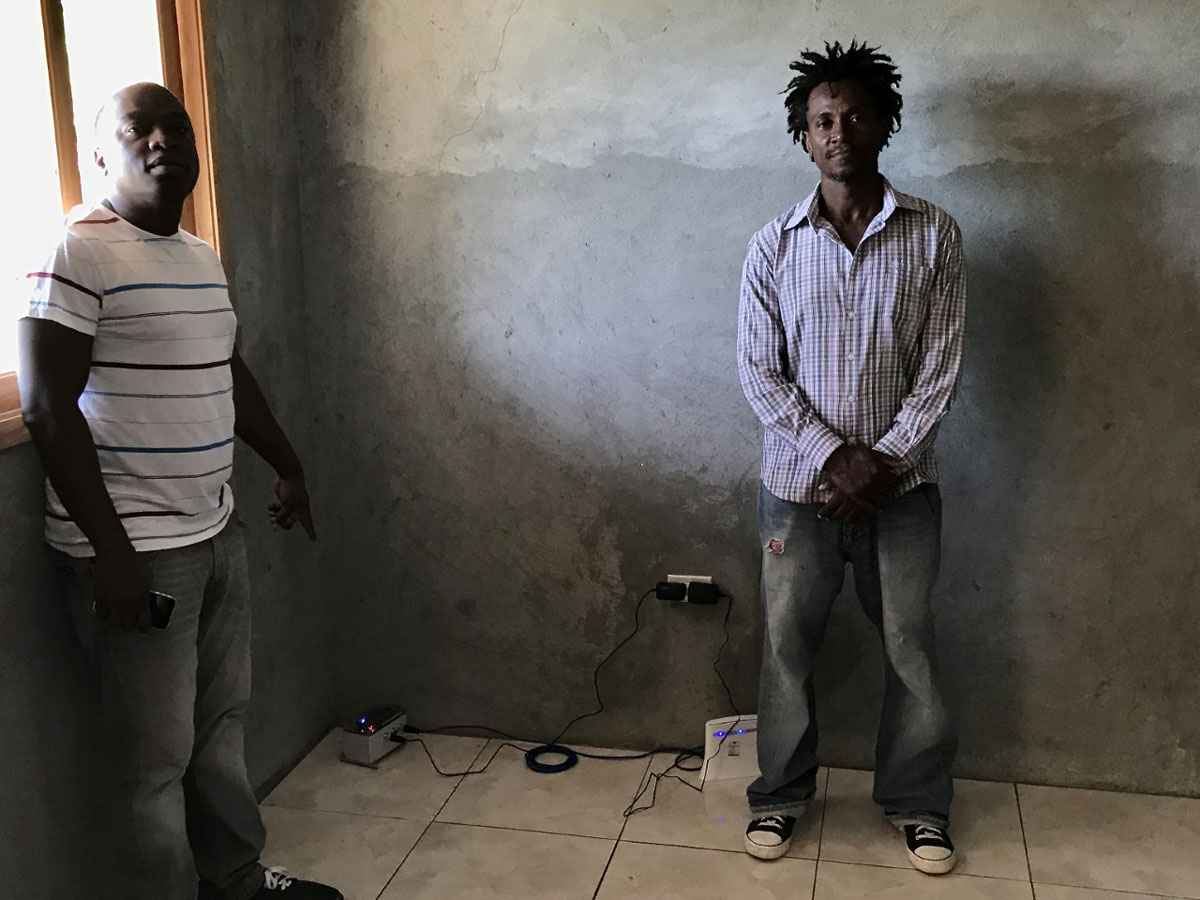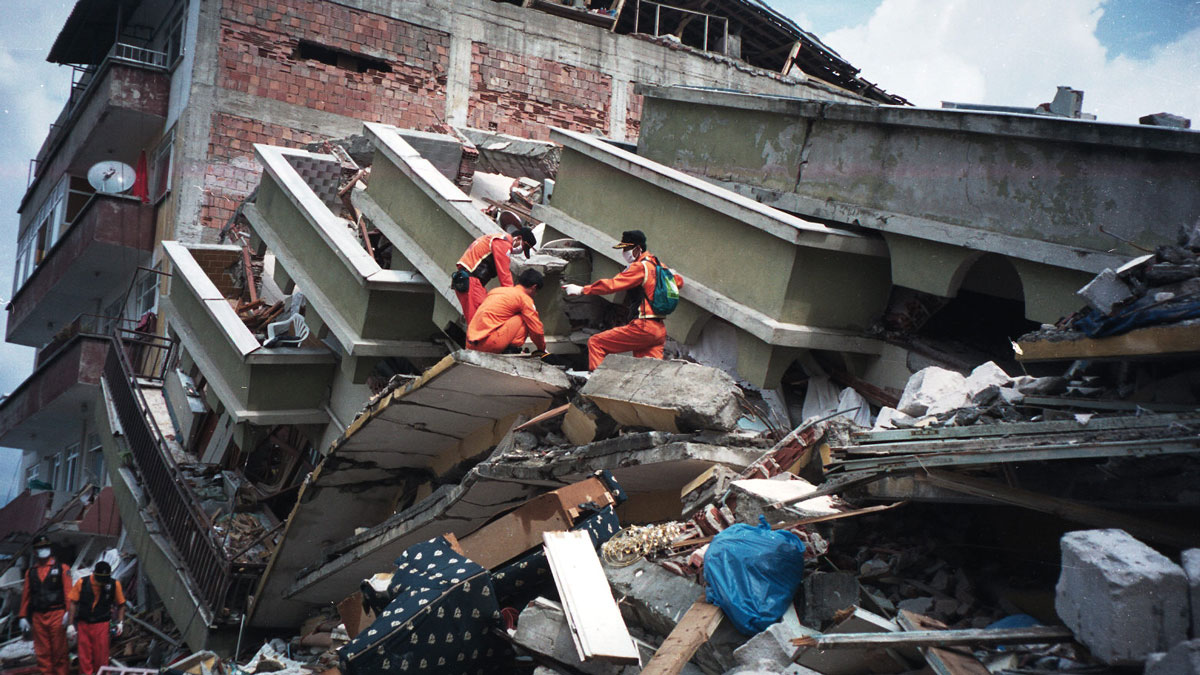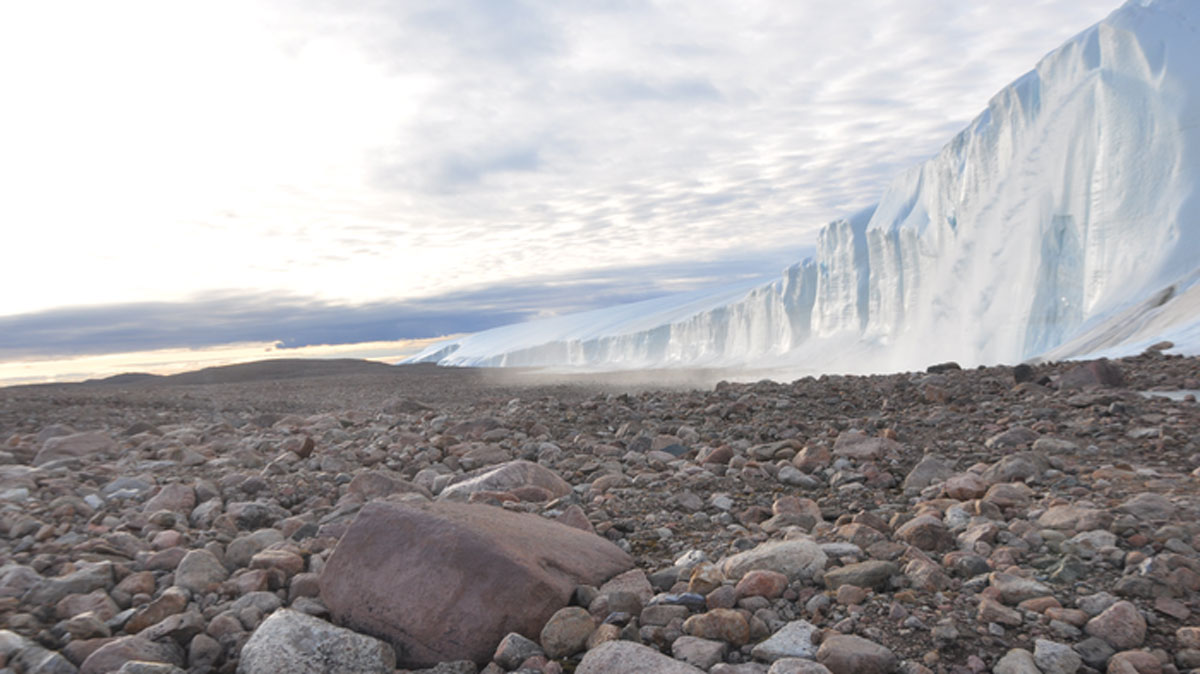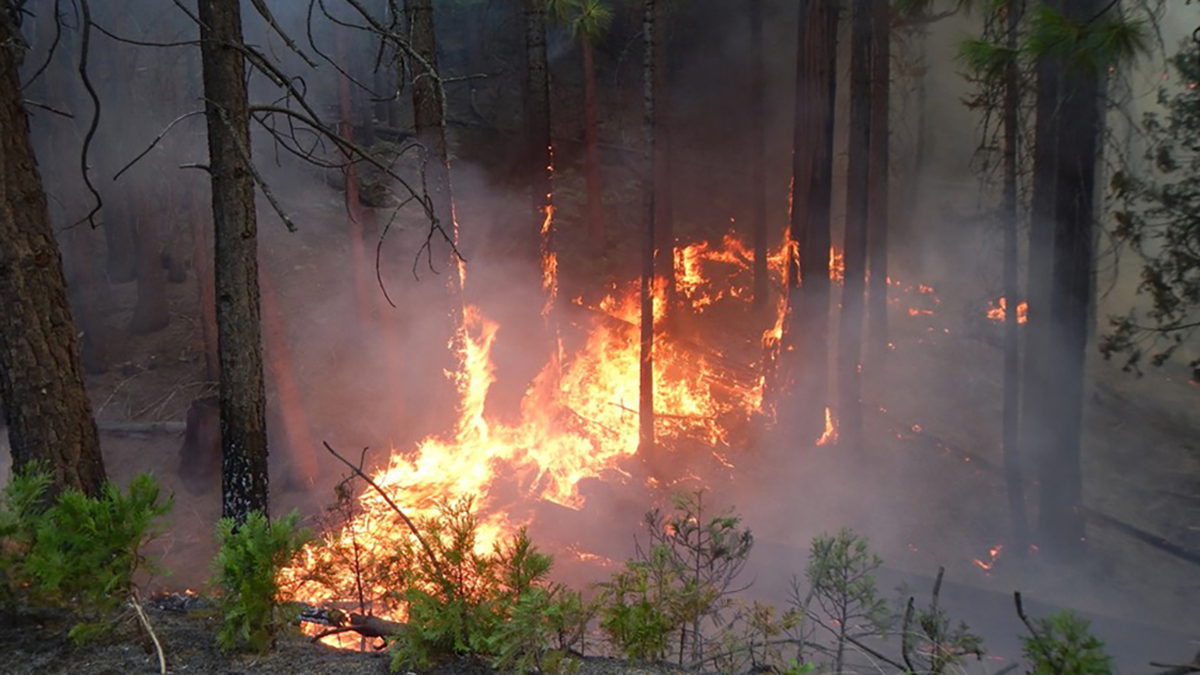The annual list of America’s Most Endangered Rivers includes practical calls to action to turn the tide on threatened U.S. waterways.
News
Community Science Builds a Seismic Network in Haiti
Small, inexpensive seismometers are capable of sharing high-quality data in real time—and were put to the test during an August 2021 earthquake.
How a Newly Discovered Mineral Might Explain Weird Mantle Behavior
Scientists not only synthesized davemaoite but deformed it at lower mantle conditions. They found its strength and viscosity to be substantially lower than those of other minerals that make up the lower mantle.
Do Earthquakes and Tectonic Plates Have a Two-Way Relationship?
A catastrophic earthquake in Turkey in 1999 changed the motion of the Anatolian plate, according to a study that could change the fundamentals of quake models.
Cretaceous Charcoal Gives a Glimpse of Plant Evolution
New data from vegetal charcoal in northwest India supports the theory of paleowildfires as a global phenomenon and an evolutionary force for biodiversity.
Impact Structure Hidden Under Arctic Ice Dates to the Paleocene
Greenland’s Hiawatha impact structure, more than 30 kilometers in diameter, is much older than previously thought, new results suggest.
After a Hurricane, Coastal Systems Draw a Line in the Sand
A new study finds nature can’t have it both ways: On the basis of thousands of case studies from dozens of hurricanes, there’s always a trade-off between resistance and resilience.
La polinización se desplomó 31% en campos contaminados
Los niveles de contaminación del aire por debajo de los límites “seguros” (y más bajos que los que comúnmente se encuentran en las ciudades) llevaron a una disminución significativa de la polinización de hasta por 10 insectos comunes.
Giant Planet’s Formation Caught in Action
Astronomers took a direct image of a massive protoplanet embedded in a protoplanetary disk. The system provides strong evidence for an as-yet-unconfirmed theory of planet formation.
U.S. Fires Quadrupled in Size, Tripled in Frequency in 20 Years
Changes including intensifying drought, expansion into burnable land, and an increase in human-caused ignitions have led to a shift in fire patterns.










